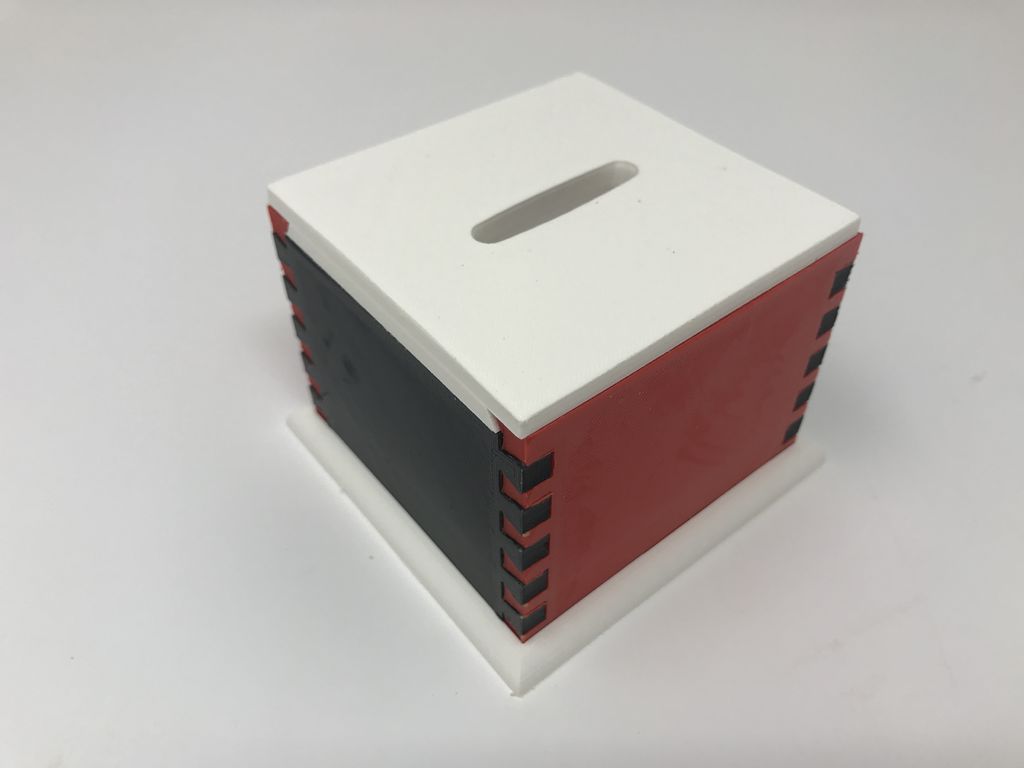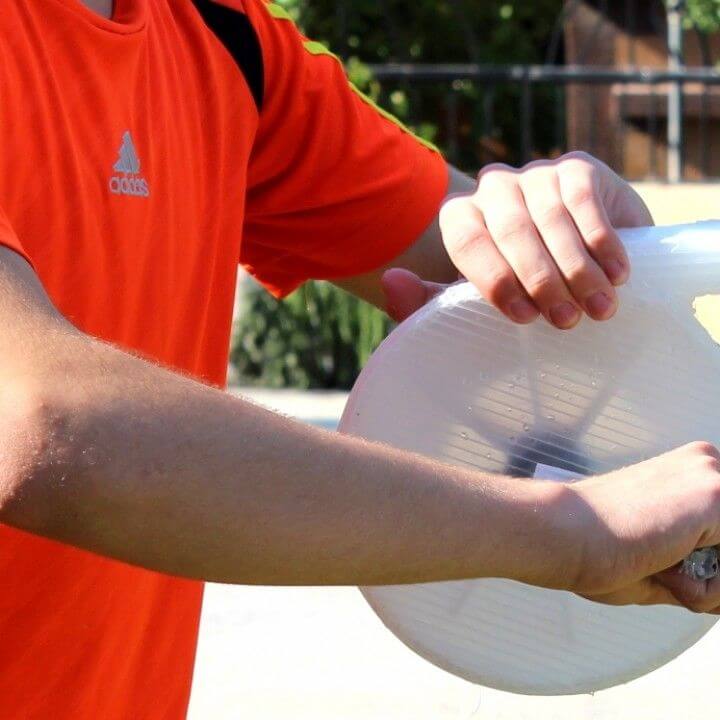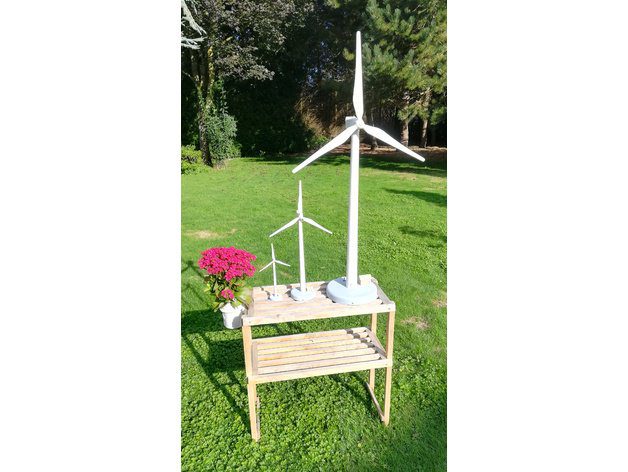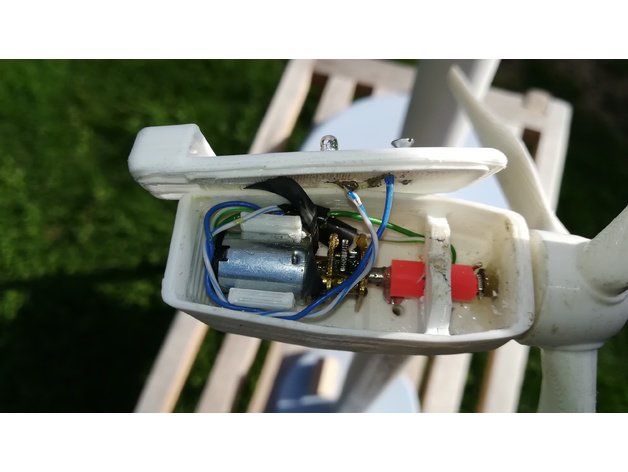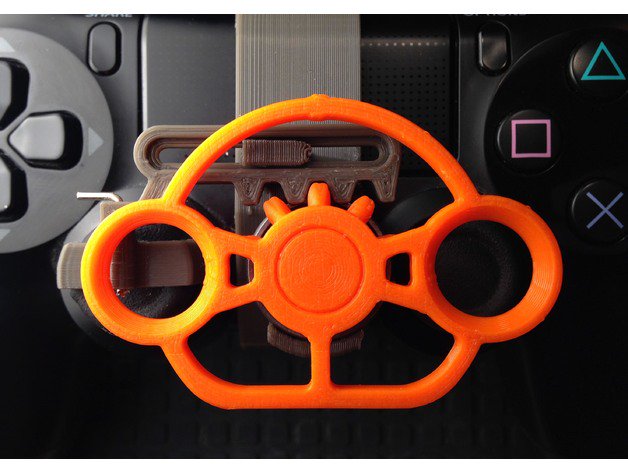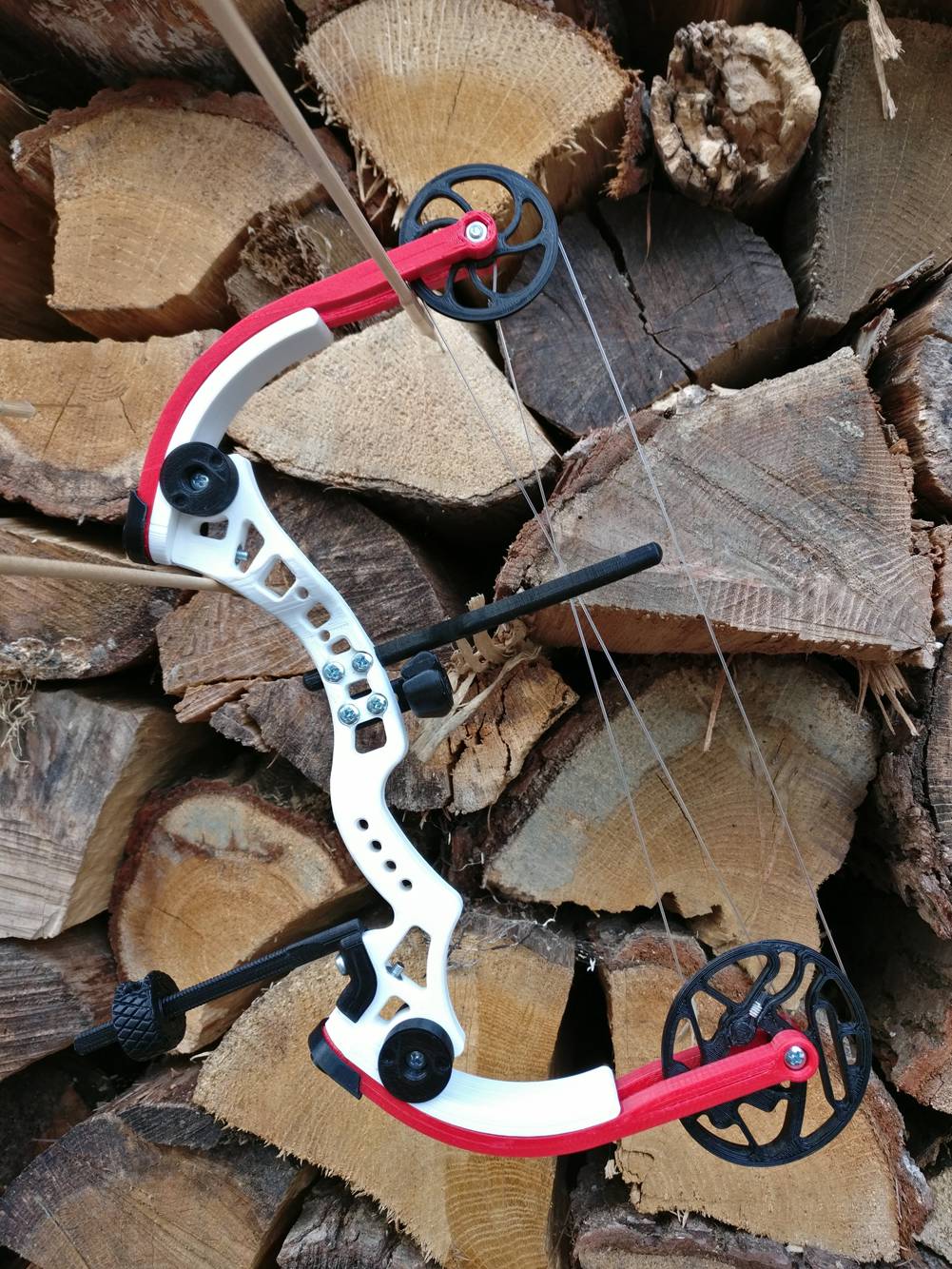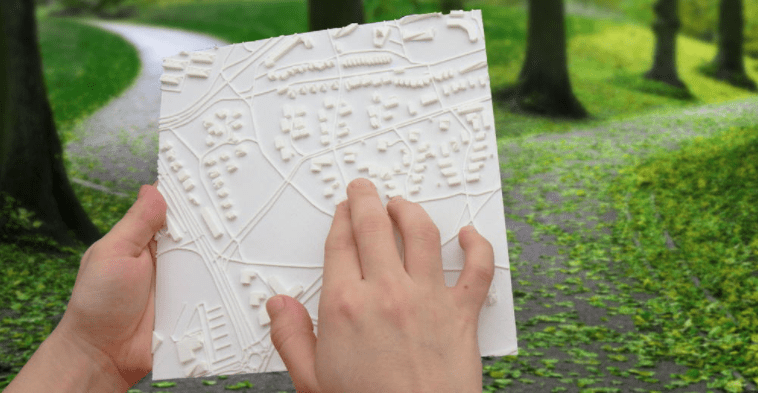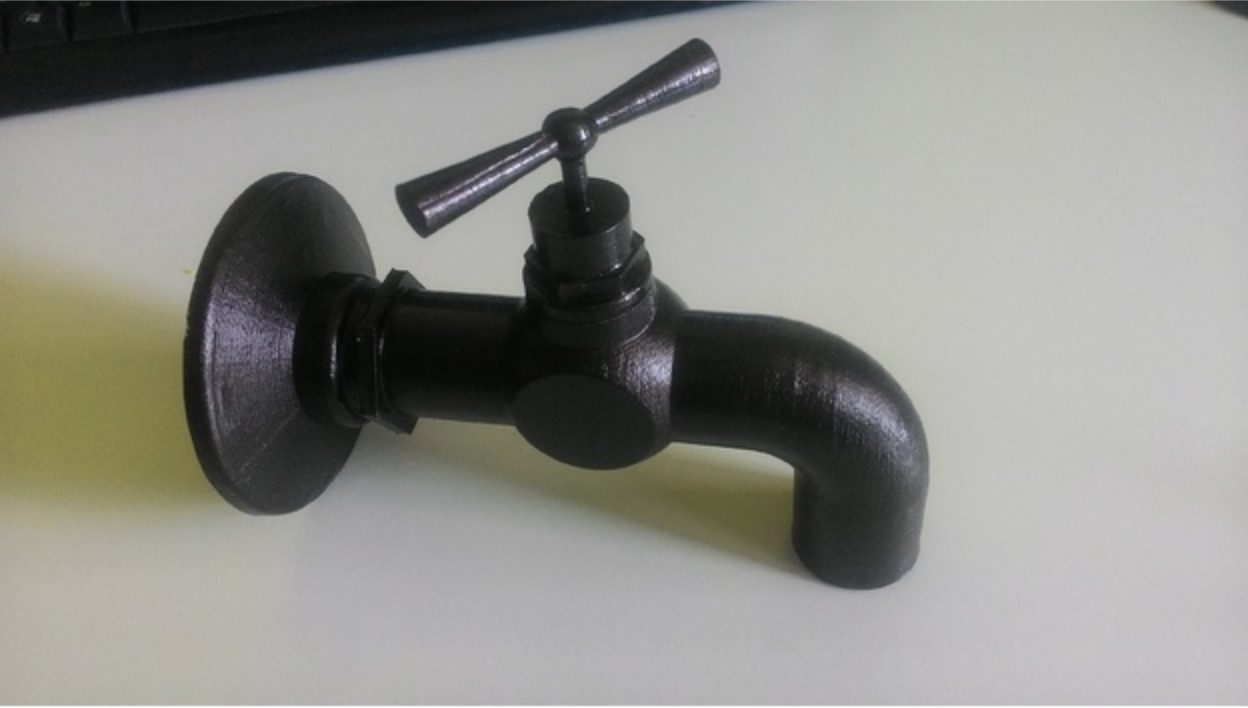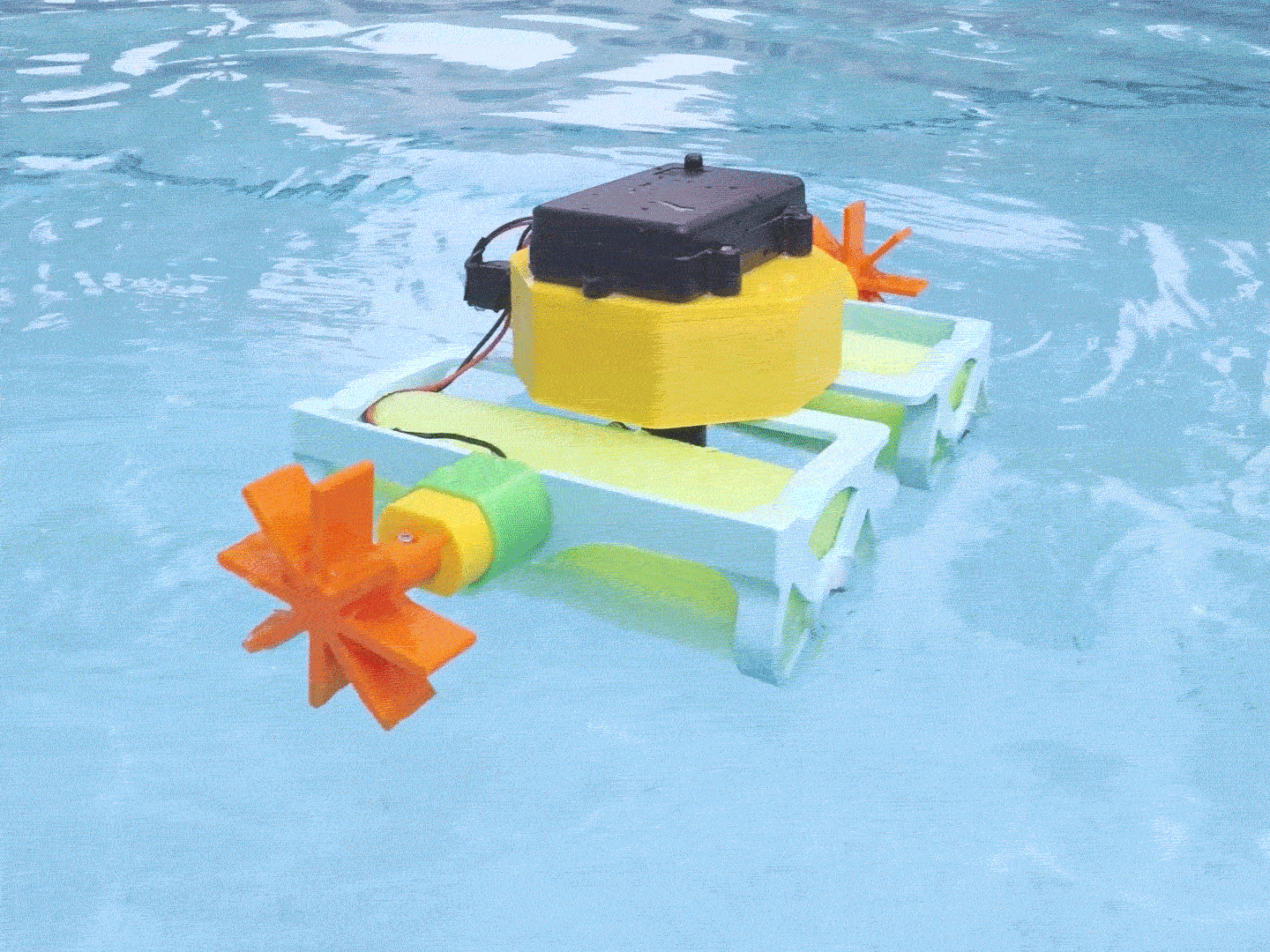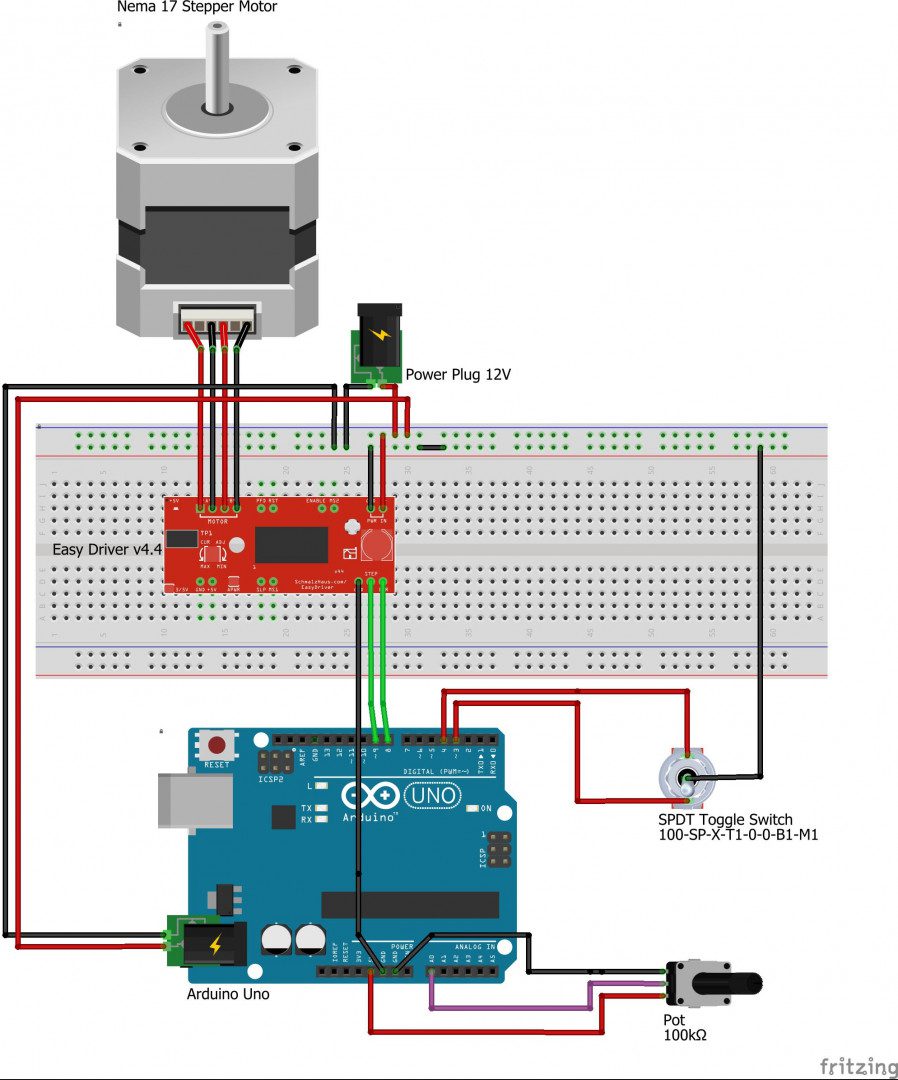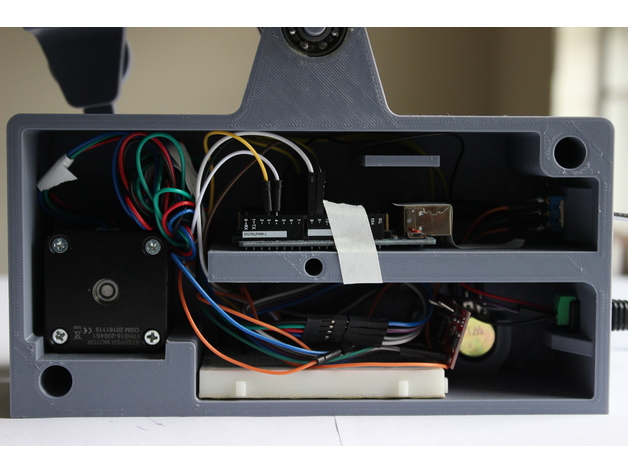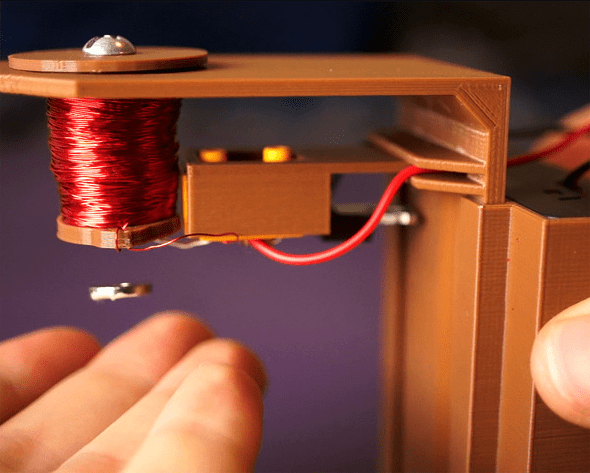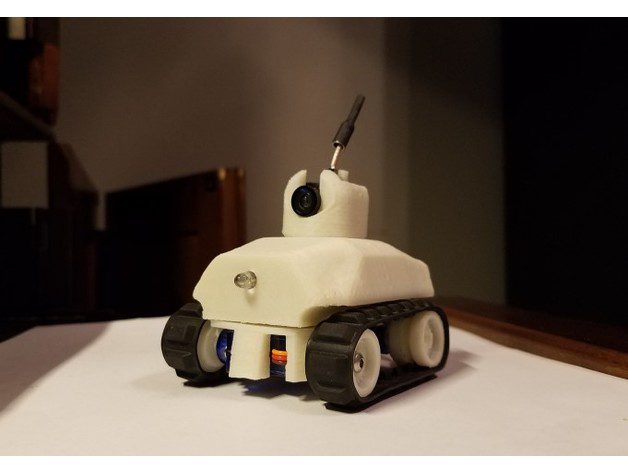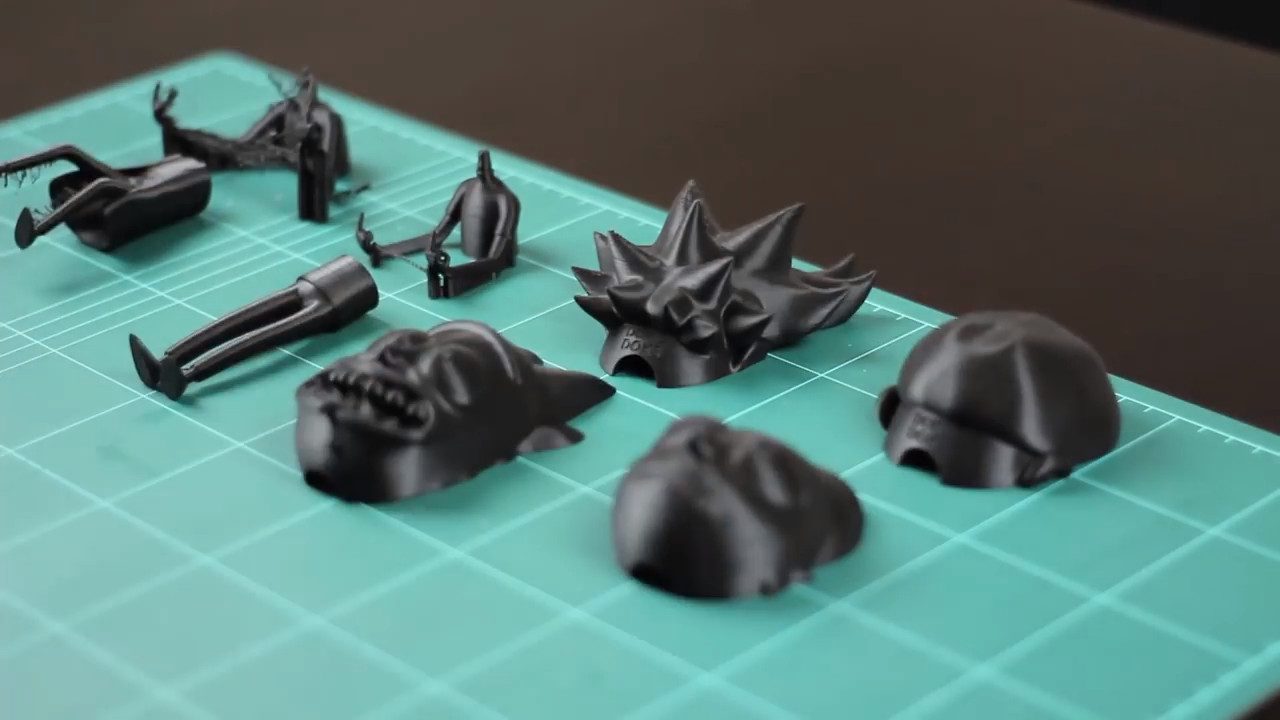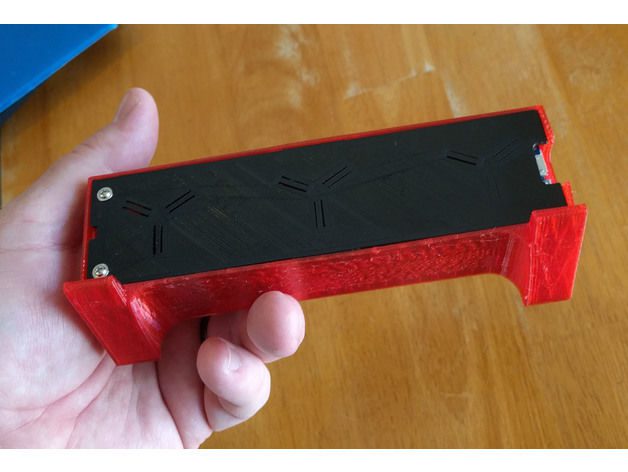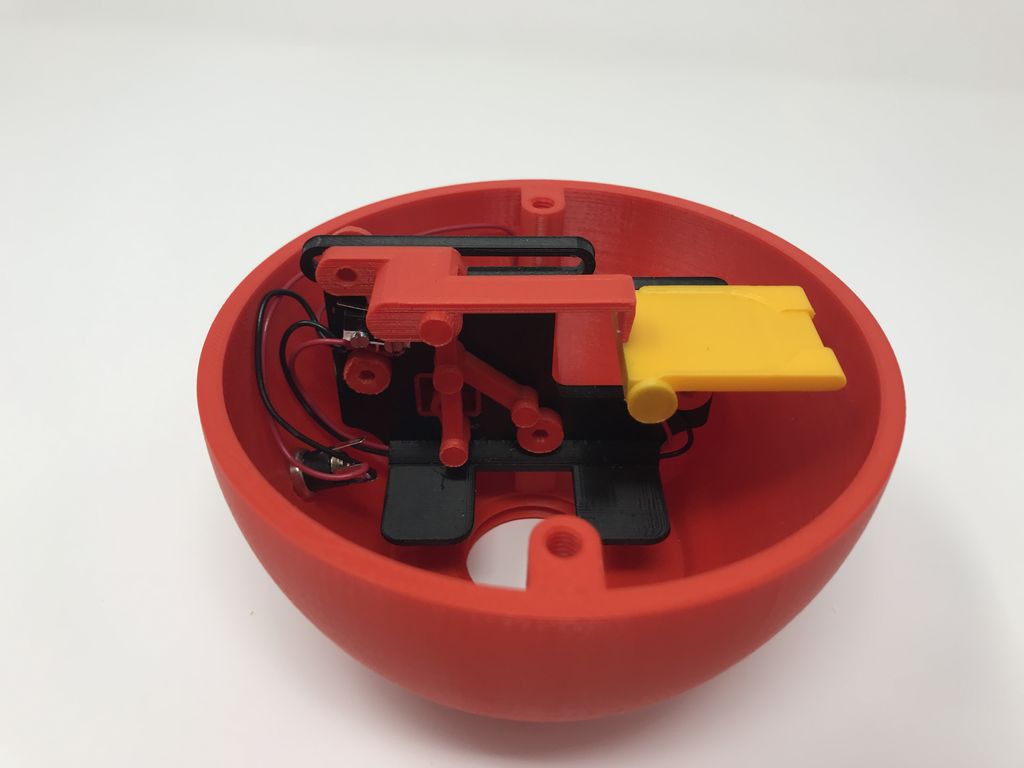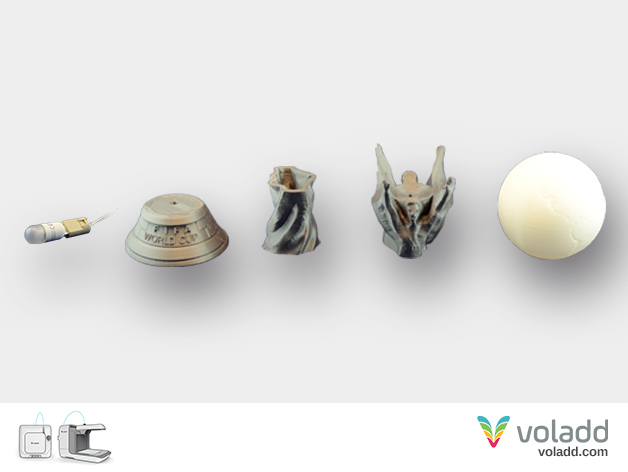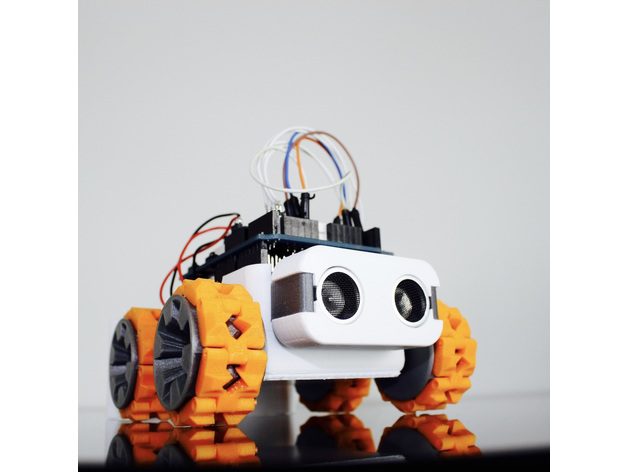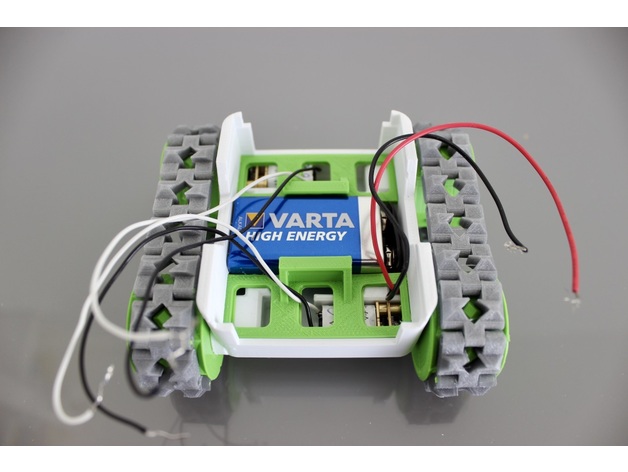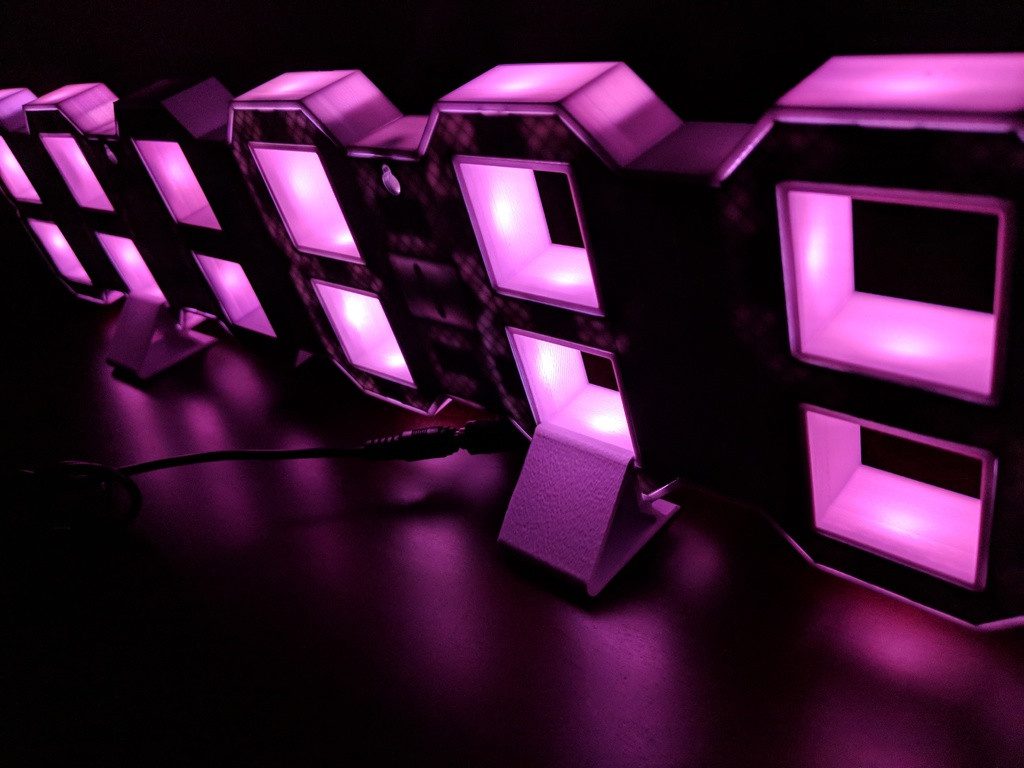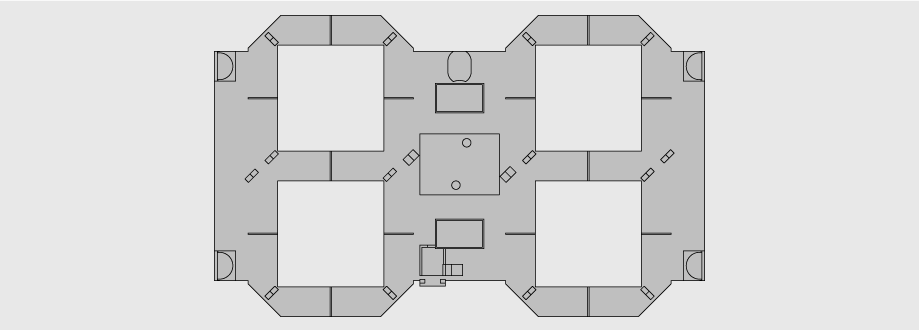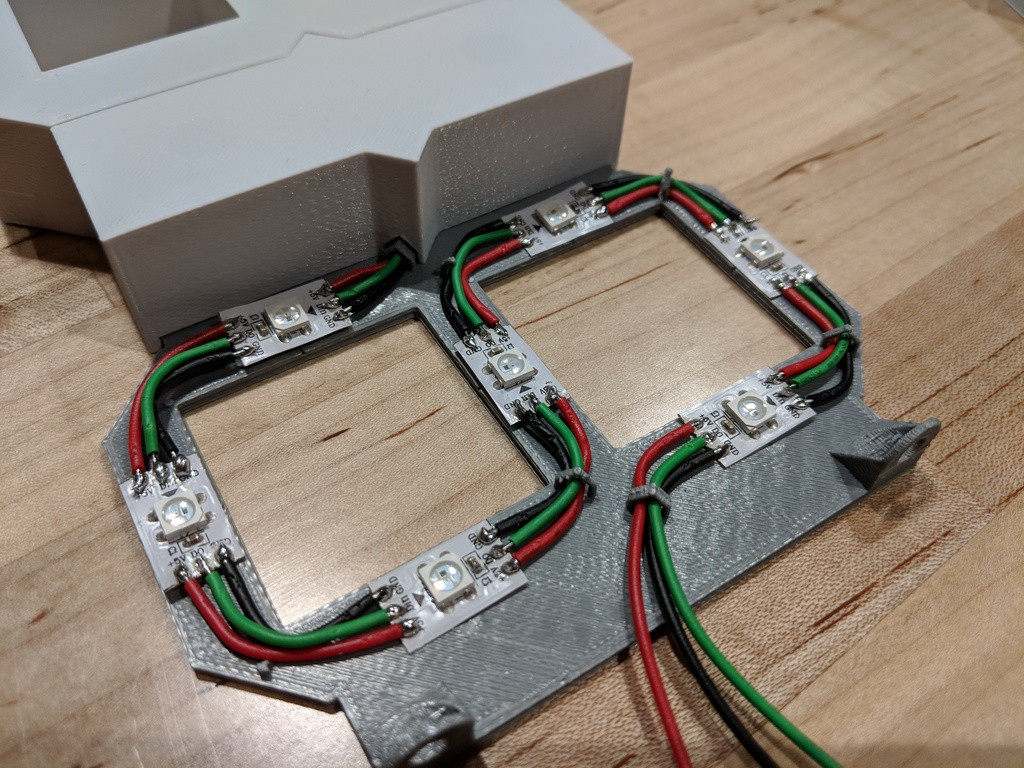Want to bring the convenience of a soda fountain machine into your own home? Take a refreshing sip from the 3D printed Drinks Tap created by That Robot Guy.
There are few things in the restaurant world that are as enticing as a free refill, just one more glass of your beloved soft drink. What if you could take the refill machine from the local fast food joint and into your home?
One maker named That Robot Guy has created a 3D printed Drinks Tap that you can build for around $15-$20. This simple robotic machine is essentially made up of a handful of 3D printed parts, along with a pump, switch, and power socket. All you have to do is flip over your favorite soft drink (or a water bottle for the more health-conscious maker) and connect it to the tap, hitting the 3D printed level to get the refreshments flowing.
This 3D printing project has the look and style of a drink refill machine that you’d find in a restaurant. It’s easy to build and the components are pretty easy to acquire. Let’s take a look at what you need and how to build this 3D printed Drinks Tap.
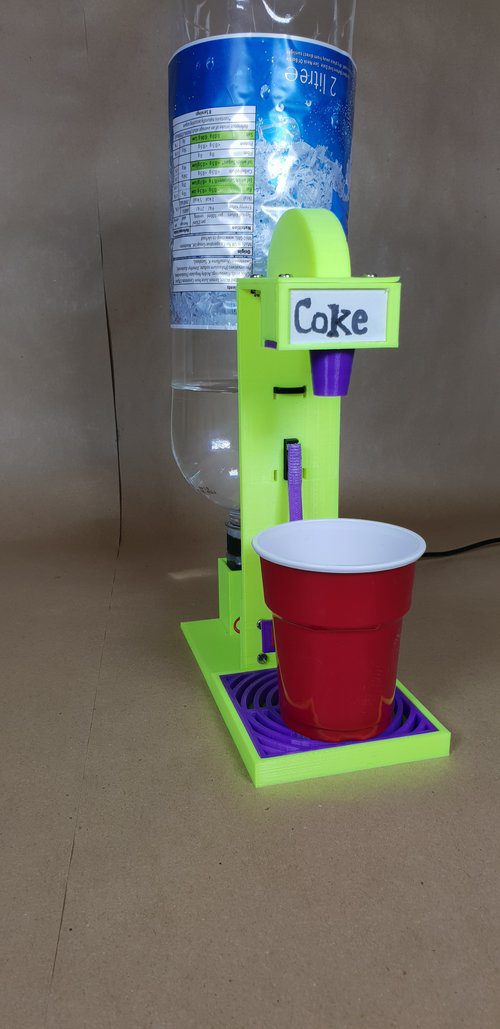
3D Printed Drinks Tap: What You Need & How to Build it
That Robot Guy’s 3D printed Drinks Tap is comprised of six 3D printed parts: the base, support for the switch and nozzle, the nozzle itself, drip tray, the PUSH lever, and tube cover. The STL files are free to download via Thingiverse. The refreshment will flow through PVC tubing, so no need to worry about your drink coming in contact with the 3D printed plastic.
Aside from the 3D printed parts, here’s what else you need to build your own refill machine:
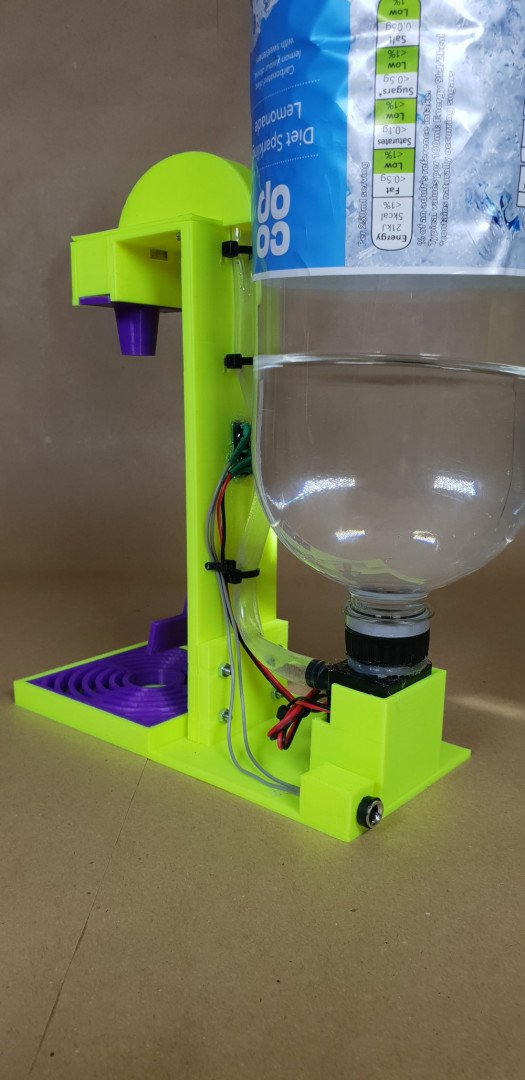
Once you have all of your 3D printed parts and non-printed components prepared, you can move on to the assembly process. Taking your bottled drink, the first step is to cut a 6mm wide on the lid and ensure that it fits over the top of the pump. Once this is verified, attach the bottom of the lid to the pump using your glue gun.
Next, you will need to cut the PVC tubing to measure out to 50cm, connecting one end to the outlet of the pump. After that, it’s time to attach the 3D printed parts to the base, starting with the support piece and nozzle rack with a push fit. Feed the tubing through each part and cut away any excess tubing. Use the M3 bolts to attach the support piece and, once the tubing is fed through the parts, the hose cover as well.
The final few steps consist of soldering the wires on the power supply port, connecting the switch, and connecting the power supply to the power socket. More details on the schematics are available on That Robot Guy’s website. Lastly, mount and screw the bottle onto the pump and flip it over, putting it back onto the mount.

From here, you should be able to start pouring your own refreshments from your very own Drinks Tap. Stay hydrated!
For more information on this project and the assembly process, click here.
Website: LINK
